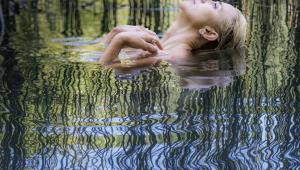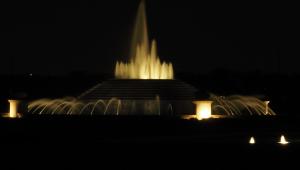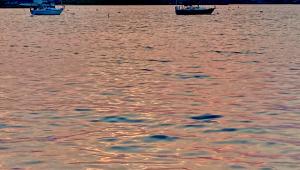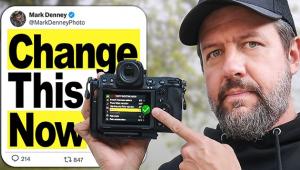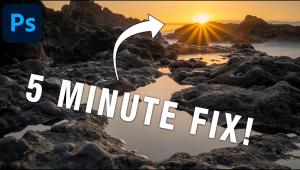Film & Digital B&W “Hybrid”; How To Get The Best Of Both Worlds
There is a substantial interest in black and white among photo enthusiasts, particularly if you include infrared. That's why Epson, Canon, and HP developed printers capable of reproducing good black and white prints. On the camera side of digital, however, there is only one quite high-end black and white possibility I currently know of--the MegaVision medium format digital E Series MonoChrome back. There are four different configurations of their E Series MonoChrome medium format digital back: from a 6 megapixel (24x36mm sensor array) to a 39 megapixel (36x48mm sensor array), ranging in price from $7000-$26,000, plus having a medium format body and lens system to use with the back (www.mega-vision.com/products/Mono/Mono.htm). So, how do you, in this digital age, make new black and white images affordably and without an often compromised conversion of an RGB digital image to gray scale?
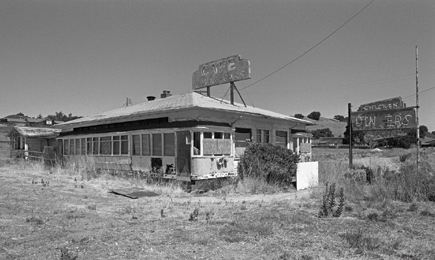 |
|
|
My exploration of this topic led me to be glad that I kept my 35mm film SLR
camera bodies. True, I have only used the system lenses with D-SLR bodies for
the last few years. But my motivation for getting my Canon EOS A2 out, putting
a new battery in and loading it with film was thinking about the Plustek OpticFilm
7200i 35mm film scanner I reported on in the September 2007 issue of Shutterbug.
If you read the report, I found this very high-resolution scanner produced really
fine quality image files from color negative film images. So, my thought process
went, why not also from C-41 process chromogenic black and white films, like
Ilford XP2 or Kodak Professional BW400CN? This project began with loading my
35mm SLR with fresh black and white film, easy to do as both the Ilford and
Kodak emulsions are readily available.
 |
|
|
 |
|
|
Loading a camera with black and white film was a re-awakening of sorts. Even
though I'd been out shooting just recently, having black and white film
in a film camera turned a switch in my thinking about what subjects to look
for. I had not thought for some time that photo visualization in black and white
rather than color concentrates attention on different subject characteristics
of light and dark, shape and texture, and pattern and details. You see very
differently when color is eliminated. So off I went to "burn" some
film after a very long time of shooting exclusively digital color.
After my field trips shooting with black and white chromogenic film I headed
to the nearest pro color lab in Santa Barbara, and found when I dropped off
the film for C-41 processing I could pick the sleeved rolls of film up in just
three hours. Although there are two such labs in Santa Barbara, not all of you
may have such services that are so convenient. In fact, living in a small town
an hour away from Santa Barbara I could just as well have chosen one of the
three minilabs in town, one in Wal-Mart and the others in chain drugstores,
and obtained fast service and good, clean processing. While the availability
of either Kodak or Ilford C-41 black and white film may not be easy to find
locally, every one of the major online photo suppliers I queried, including
B&H, Adorama, Calumet, and Freestyle Photographic Supplies, had the films
in stock. You may also want to get even more "traditional" and try
other options, including near infrared, like the recently rereleased Ilford
200SX or even the Rollei black and white films, including their own near infrared
(near infrared will reproduce a close to true infrared rendition of subjects
with a #87 filter).
 |
|
|
 |
|
|


